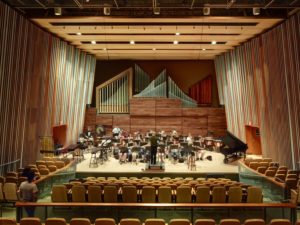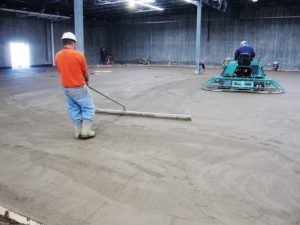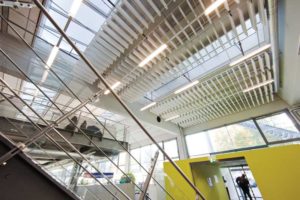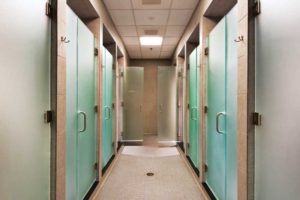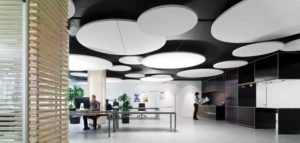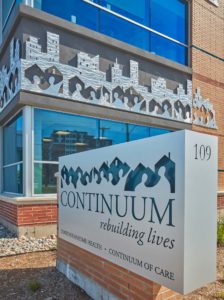Inspired by the designs of seaside hotels from the turn of the 19th century, the Beauport Hotel recently opened in Gloucester, Massachusetts. The design of this 94-room hotel is intended to balance a ‘classic’ atmosphere with modern touches.
+ Read More
|
Construction documents need to be clear, concise, correct, and complete—but is this enough to fend off the twists and turns of executing the contract for construction?
+ Read More
|
Buildings are a combination of design and construction. On paper, it may all seem to flow and make sense, but a small change in the former can have major impacts on the latter. Alterations that happen during the construction phase can end up causing significant design problems.
+ Read More
|
One of the biggest mistakes a designer can make when specifying polished concrete slabs is to state, “Concrete for polished concrete, including formwork, reinforcement, concrete materials, mixture design, placement procedures, initial finishing, and curing is specified in Section 03 30 00 Cast-in-Place Concrete.”
+ Read More
|
Specifying flooring that will not be slippery even when it can get wet or otherwise lubricated in use is critical for safety purposes. The 2012 International Building Code (IBC) lays out slip resistance, but there are weaknesses with the requirements.
+ Read More
|
When some people consider sustainable buildings, they think of wood from a certified forest, whether carpeting was used, or if harvested rainwater was employed for landscaping. Others may think of energy efficiency, solar panels, and daylighting to reduce electric light usage.
+ Read More
|
For nearly 20 years, the U.S. design and construction community has largely focused on single-dimension green attributes of building materials. Most practitioners, with hurried schedules and product specifications up to their eyeballs, look for two primary green features—recycled content and low-emitting materials. However, that is now changing.
+ Read More
|
Upgrading older facilities with modern restroom fixtures and amenities can update much-needed aesthetics, maintenance, and safety reliefs. Designing with accessibility in mind can do more than provide easier-to-use spaces for the elderly and disabled—it provides comfort for everyone.
+ Read More
|
The open-office concept has become increasingly popular in today’s workplace. There are many advantages to this approach, including increased opportunities for collaboration, greater space efficiency, and potential for an interactive energy that appeals to many current employees as well as prospective talent.
+ Read More
|
Designing a facility to meet the needs of staff and patients was at the heart of Continuum, a non-profit mental health and addiction services provider. Not only did it have to replace Continuum’s previous offices, but the three-story structure also had to bring together several satellite offices.
+ Read More
|
|
|





